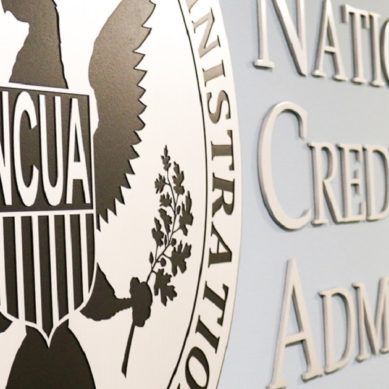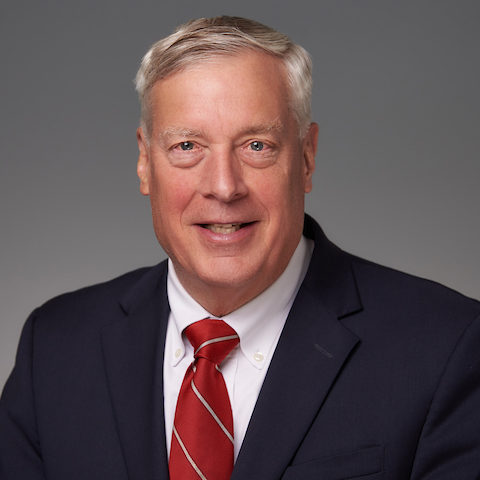SECU’s October 11, 2022, annual meeting was a rare example of democratic cooperative governance.
Following the traditional annual meeting agenda, approval of minutes, the Chair’s report, election of directors, audit summary, and President/CEO Jim Hayes’ update, the Chair asked if there was any new business.
There was.
A member-owner presentation proposed two resolutions for the members to discuss and vote upon.
The first asked the Board to consult with staff and advisory board members to learn how the six changes he described would benefit the member-owners. The dialogues should be published for all members.
The second requested the board provide members with SECU’s Strategic Plan at least 90 days prior to the 2023 Annual Meeting.
The chair asked for comments. One volunteer advisory board member said he had heard nothing about the topics raised. A second member commented that he didn’t want the credit union “to become a Piedmont Airline,” (merged out of business). A current director spoke up supporting the second motion.
Both resolutions were approved by the approximately 1,000 members, with virtually no opposition.
The meeting was broadcast live on YouTube. Here are the timing of key events: 29:50 Chair report; 54: Foundation update; 1:05 CEO Hayes report; 1:21 Call for new business with two resolutions at 1:48 with open discussion and member vote.
Should credit unions care about SECU’s debate of its future?
SECU at $51 billion is America’s second-largest credit union. Its membership covers an estimated 25% of North Carolina’s population.
This event was covered in a lengthy NC Business article and in the North Carolina’s Banking Association’s weekly update.
SECU’s success and size extend far beyond its members or its home state. It’s a model others study. It has an outsized influence in both state and national credit union organizations.
SECU’s leaders’ duties are more than managing a business. The credit union has a position of influence and power beyond its balance sheet. Its actions will be viewed by outsiders, the public, and competitors as an example of what a credit union is capable of becoming.
SECU’s reputation and widespread operating network means its choices are followed by many in the cooperative movement as an example of credit union competence.
Blaming the messenger
As events unfold, many observers will have opinions. Some, I believe, will reflect a capacity for missing the point. It will be framed as a conflict between a current and a former CEO as in the following LinkedIn comment:
“As I read this article, I was saddened that a CEO who has retired and handed off the reins goes public when the new leadership makes strategic moves, and the retired CEO disagrees. This willingness to fight the new leadership’s right to make strategic decisions is wrong on too many levels.
This happened recently at SECU when Jim Blaine disrupted the annual meeting with a lengthy letter he read in totality because he was against the strategic direction the new leadership was taking the credit union. CEOs need to realize that when they step away, it is now someone else’s turn to lead forward. #ceo #leadership #retired”
This is a position with which many CEOs would sympathize. It absolves commenters from examining the issues raised. But I believe this position is far too shallow. Here’s why.
Very few member-owners would be capable of preparing the in-depth analysis of this presentation. But this was not a solo effort. In his opening, Blaine comments there had been widespread concern from both employees and members about SECU’s apparent changes of direction and culture.
When individuals working in or interacting with an organization believe it to be going “off course” counsel will be sought from former leaders. In the corporate world, this approach is shown by examples such as Disney, Starbucks, and Apple where there were callouts to prior leaders.
When credit union members and employees are deeply concerned about an event such as the mergers of Cornerstone FCU in Carlisle PA or Vermont State Employees, they reach out to former leaders. What do you think? Will you help?
Former leaders are not one-person shows. They understand the politics of leadership. Any public role is carefully considered.
They become the messenger and therefore the face of larger issues. Their previous roles give credibility to the concerns whereas an individual employee, member, director, vendor, or credit union collaborator would not have the standing to raise.
Raising questions about a strategic pivot in a “courteous and respectful manner” at the owners’ annual meeting is a vital process for cooperative governance.
An example of coop democracy
This required annual meeting is a critical process for democratic cooperative governance. It is the opportunity for the board (chair) and CEO to inform members where the credit union is heading, the reasons for change, and how it will affect them.
After outlining six new policy or business initiatives, Blaine closed with two summary questions: Who are we? Where are you leading us? Those are questions every CEO and board should be willing to answer for their member-owners.


























































